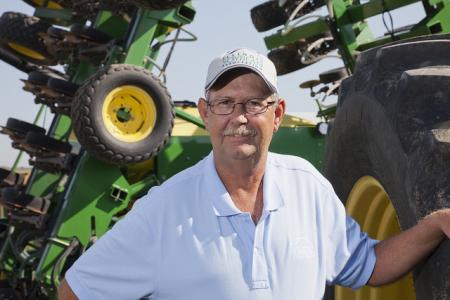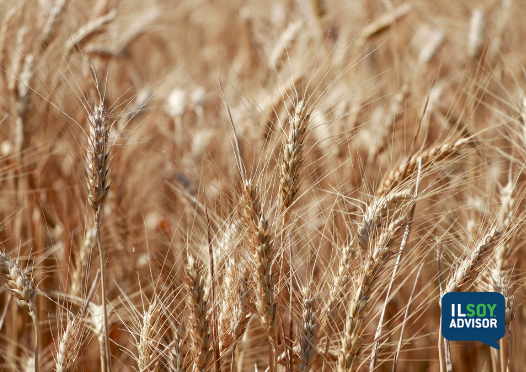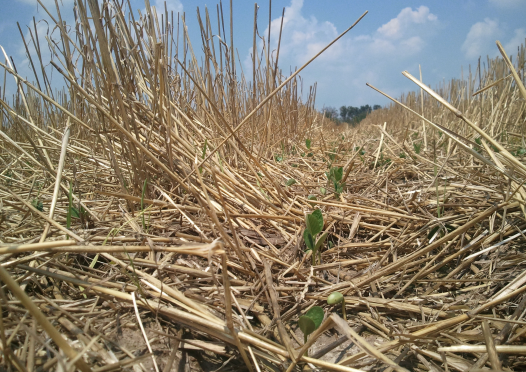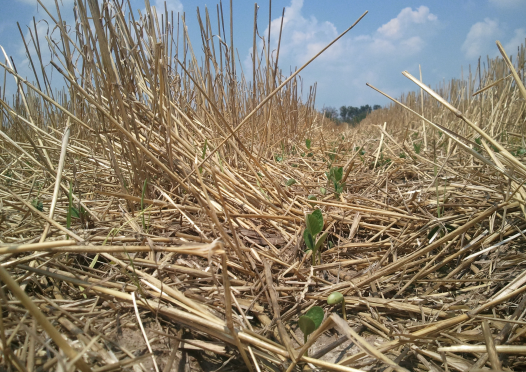ILSOYADVISOR POST
Double Crop Strategies Bring Challenges and Rewards
Double cropping is a way for farmers to get the most out of their land. Using a double crop strategy can be difficult but reaps a great reward for farmers willing to take on the challenge.
Double-crop soybeans have become a part of my cropping strategy the last several years here in Southern Illinois. One of the main reasons I like to use this strategy is to encourage more crop diversity. Since I farm in southern Illinois, we don’t raise the corn crops like they do up in central and northern Illinois.
Planting Preparations
There are two items farmers must check off their list in order to be profitable when double cropping:
- Allow enough time for the production of the soybean crop.
- Ensure there is adequate water for both crops, either through rainfall, irrigation, or soil moisture.
Each year, we start out planning which fields are going to be designated for wheat and figuring out which acres we want to seed to wheat first. We typically seed about 20 percent of our acres.
Weighing the Costs and Benefits
There are more costs involved when using a double crop strategy because you’re dealing with not just one, but two crops. Additional costs stem from the use of more fertilizer and more chemical applications since you’re dealing with more than one crop.
But the number one benefit of double cropping that I look at is soil health. Soil health is an added benefit of using this system because you are changing things up to help break cycles and patterns with weed controls. Soil health is very important.
A lot of times we use wheat as a cover crop to combat soil erosion and for the overall health of the soil. By using it as a cover crop, it’s a crop we can harvest and earn revenue off of. Then we’ll turn around and put the double crops in. With good, sound practices, a farmer can actually generate more revenue per acre between wheat and a soybean crop than a corn crop will.
Challenges Bring Great Rewards
Weather is usually the biggest challenge we face with double cropping on our farm when it comes to timing. When the wheat is ready to harvest, you need to be planting the double crop either that same day or the very next day in order to be successful.
If there is one piece of advice I could give to a farmer considering double cropping, I would tell them that it is a practice where if you have not done it before, you can’t jump in too fast. You have to gradually implement the strategy into your farming operation because it’s intensively managed. There is a big learning curve.
As with any challenging cropping strategy, double cropping can be rewarding if you to take the time to learn and research whether or not it fits within your operation.
David Droste is a fourth-generation farmer in Southern Illinois who farms about 2,500 acres of corn, soybeans, wheat and double crop soybeans, along with a small contract swine finishing operation. David is a past district director of the Illinois Soybean Association.





Comments
Add new comment